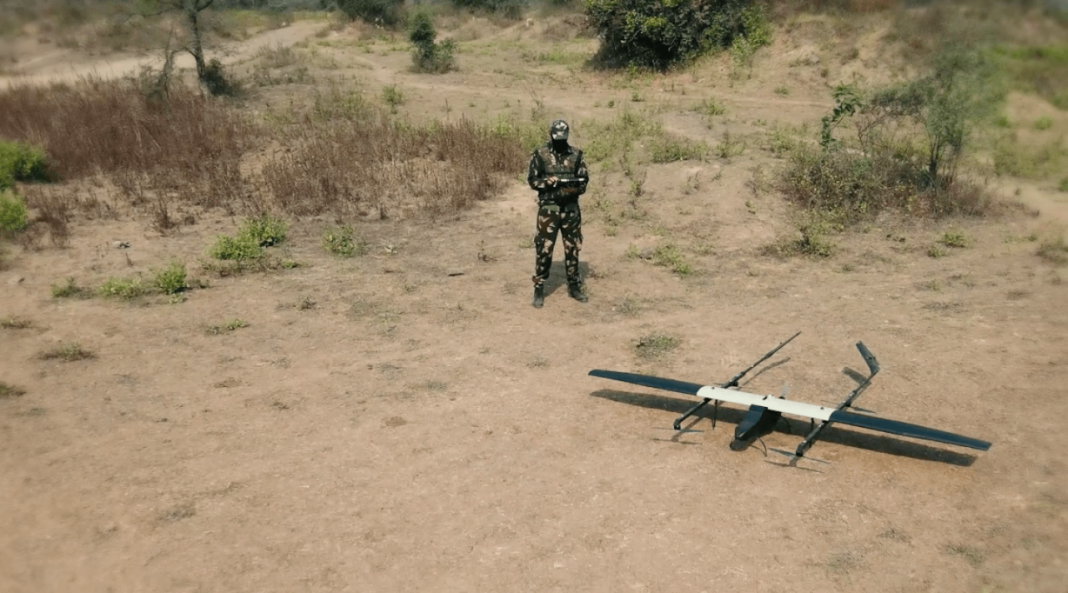Chief of Army Staff General Upendra Dwivedi delivered a significant address during the 64th National Defence College (NDC) Course last month, where he outlined the Indian Army’s ambitious vision for digitisation and modernisation. This initiative, aimed at creating “Smart Soldiers,” is a crucial part of India’s broader strategy to develop a self-reliant and future-ready military by 2047, aligning with the national goal of “Viksit Bharat” or Developed India.
In his speech, General Dwivedi emphasized the Indian Army’s recognition of the need to adapt to evolving global dynamics. He articulated that the Army’s responsibilities and expectations are expanding, which necessitates a transformation to remain significant in shaping the world order. He pointed out that while economic strength underpins national growth, military capability is essential for protecting national interests and influencing desired outcomes.
The vision articulated by General Dwivedi for the Indian Army centers on becoming a modern, agile, and technology-enabled force. This transformation includes prioritizing self-reliance through the Atma Nirbharta initiative, with a goal for 85% of equipment to be sourced from Indian suppliers. The Army aims for full indigenisation of its ammunition requirements by 2030, with 134 out of 175 ammunition categories already developed locally.
A key element of the modernization initiative is the integration of personal drones for every soldier, aimed at enhancing individual capabilities and situational awareness. The Army plans to bolster its cyber, electronic warfare, and intelligence operations, alongside the establishment of the Army Knowledge & Enabler Corps to enhance linguistic and cyber skills among personnel. Innovations in training will also include simulation and virtual reality modules to prepare soldiers for modern combat scenarios.
General Dwivedi highlighted the F-INSAS program (Futuristic Infantry Soldier as a System) as a cornerstone of this initiative, designed to elevate the operational capabilities of infantry soldiers. Upcoming advancements include the deployment of nano drones and satellite technology for improved surveillance, as well as enhanced precision strike capabilities focusing on accuracy and comprehensive post-strike evaluations.
Additionally, upgrading communications infrastructure is a priority, with plans for Software Defined Radios, SAMBHAV secure networks, and anti-drone technologies. New assets such as light tanks, swarm drones, and logistic support through drones and robotic units will bolster operational readiness. General Dwivedi also mentioned restructuring efforts dubbed Rebal 1.5 and Rebal 2.0, aimed at optimizing command and addressing evolving diplomatic, informational, military, and economic dependencies.
In parallel, the Indian government recently signed a substantial deal with the United States for the procurement of 31 Predator drones valued at Rs 32,000 crore. This acquisition underscores a critical aspect of India’s military strategy but also highlights existing gaps in self-sufficiency in drone technology. Despite the efforts of the Defence Research and Development Organisation (DRDO) in developing indigenous unmanned aerial vehicles (UAVs), challenges such as prototype crashes and delays have raised concerns.
This situation has prompted drone startups, such as ideaForge, to adjust their strategies, moving towards international markets to maintain profitability amid diminishing domestic demand. This points to a lingering question regarding India’s aspiration for self-reliance in UAV capabilities, as the nation seeks to balance foreign acquisitions with indigenous development.





